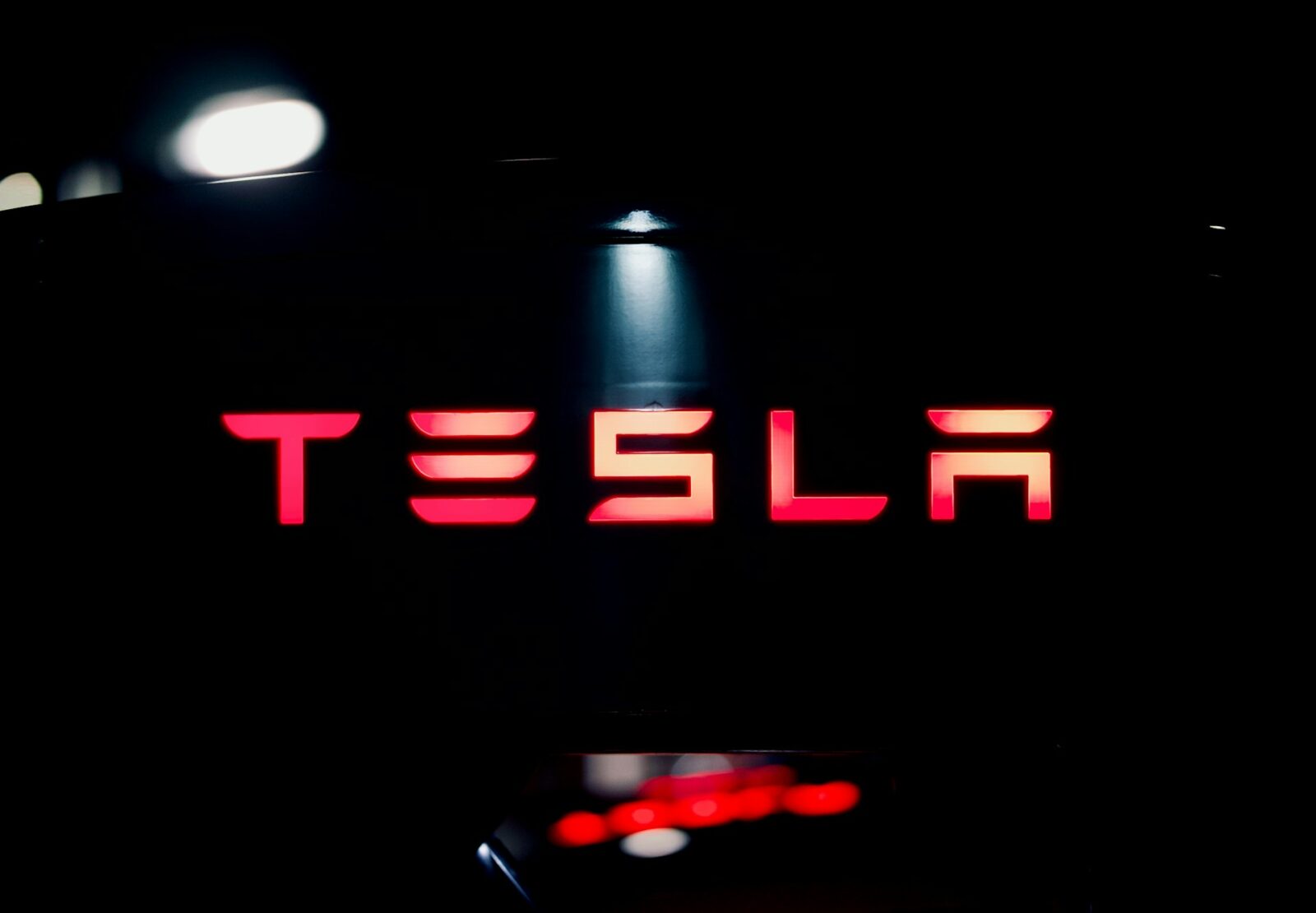Tesla’s Historic Quarter: A Surge Fueled by Urgency
Tesla (NASDAQ: TSLA) just delivered one of its strongest quarters ever, setting a new record for global deliveries as U.S. buyers rushed to secure vehicles before the $7,500 federal EV tax credit expired. The automaker reported 497,099 deliveries in Q3, far surpassing Bloomberg consensus estimates of 439,800 and even outpacing the 462,890 units delivered during the same period last year.
At first glance, the numbers appear extraordinary. Tesla not only achieved a fresh quarterly record but also saw global production hit 447,450 units and deployed 12.5 gigawatt-hours of energy storage products, reinforcing its expanding ecosystem beyond passenger EVs. Yet, despite these blowout results, Tesla stock fell more than 5% on Thursday. This raises the critical question: is Tesla’s latest triumph sustainable, or is it merely the last hurrah before a more challenging, subsidy-free road ahead?
Demand Surge and the Federal Credit Effect
The expiration of the federal EV tax credit clearly created a demand surge. Buyers, aware that their window to save thousands of dollars was closing, rushed to make purchases. Tesla’s strong results mirror broader industry trends, with GM, Ford, and Rivian also reporting elevated EV sales in Q3.
But what comes next is uncertain. Analysts argue that this spike may represent a pull-forward effect—essentially borrowing future demand to boost near-term results. Without the tax credit, consumers face higher upfront costs, which may dampen sales momentum in the coming quarters.
CFRA analyst Garrett Nelson cautioned that while the Q3 beat is impressive, it is “backward-looking.” The real challenge lies in how Tesla and the industry adapt to an unsubsidized U.S. market—particularly as competitors roll out more affordable models while Tesla has delayed its own next-generation vehicles.
Tesla’s Competitive Landscape: Growing Pressure Abroad
Tesla’s dominance in the U.S. remains strong, but in Europe, cracks are starting to show. According to the European Automobile Manufacturers’ Association (ACEA), Tesla’s EV registrations fell 22.5% year-over-year in August, down to just 14,831 units. By contrast, the overall European EV market grew 26.8%, signaling Tesla is losing ground in a key growth region.
Industry watchers attribute part of this decline to rising competition from legacy automakers like Volkswagen and Renault, along with local startups in China and Europe. Moreover, Elon Musk’s outspoken political views may be alienating European buyers, compounding the brand’s challenges in the region.
Investor Sentiment: Beyond Cars to AI and Autonomy
Despite the uncertainties, Tesla remains a market darling, with shares climbing over 30% in September alone. Investors are increasingly viewing Tesla not just as a car company, but as a technology platform with potential breakthroughs in AI and robotics.
The Cybercab, Tesla’s upcoming robotaxi service, has captured Wall Street’s imagination. Gene Munster of Deepwater Asset Management recently noted, “What really matters is autonomy. You need EVs on the road for autonomy to work. There are a lot more Teslas on the road today than just three months ago.”
In other words, today’s record deliveries aren’t just about immediate revenue—they’re also laying the groundwork for Tesla’s future AI-driven business models.
Energy Business: The Silent Growth Engine
While Tesla’s vehicles dominate headlines, its energy storage segment quietly hit a record 12.5 GWh deployment in Q3. With global demand for renewable energy solutions accelerating, this side of the business could become a key long-term growth driver. Analysts have long pointed out that Tesla’s energy division has been undervalued relative to its EV operations, but these record results suggest the company is starting to unlock its full potential.
As countries worldwide push for grid stability and renewable integration, Tesla’s battery storage products—like the Megapack—position it uniquely within the energy transition. This diversification may help buffer against potential volatility in EV sales as subsidies fade.
Tesla’s Road Ahead: Momentum vs. Market Reality
Tesla’s record-breaking Q3 highlights its ability to capture demand at critical moments, but investors should tread carefully. The near-term surge was fueled by tax credit urgency, a one-off catalyst that won’t exist moving forward. Europe remains a weak spot, with shrinking market share despite broader EV adoption, and competition in China continues to intensify.
That said, Tesla is far from running out of growth levers. Its energy business is scaling, AI and autonomy continue to excite investors, and new products like the Cybercab could transform its revenue base. The key challenge will be balancing near-term volatility with long-term vision.
For investors, Tesla’s Q3 results are a reminder of both the company’s extraordinary ability to execute and the risks of paying a premium for a stock priced for perfection. The EV giant has proven it can deliver historic quarters, but the test ahead will be sustaining momentum in a world where subsidies fade, competition rises, and every quarter counts.
Reference : Pras Subramanian







Leave a Reply